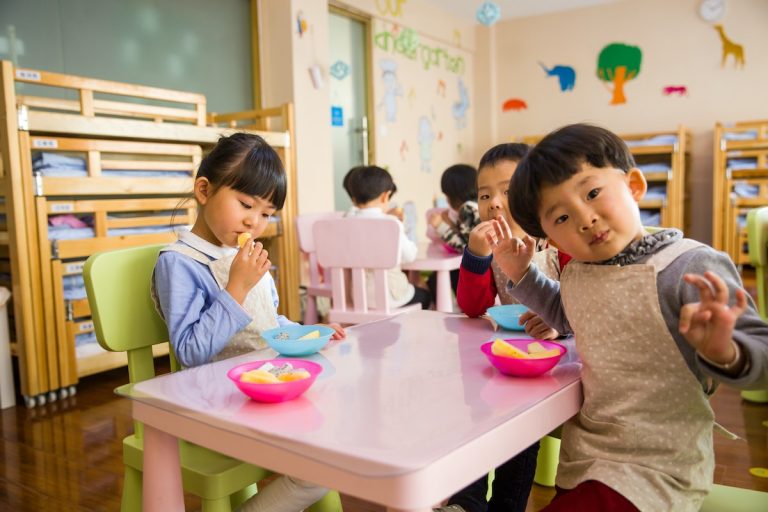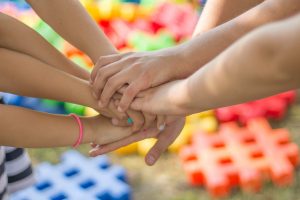• A supportive social environment encourages positive behavior and self-esteem and helps children develop social skills.
• A healthy physical environment can improve sleep patterns and increase productivity.
• A cognitive environment can help children improve their learning and problem-solving abilities.
• The right balance of all three types of environments can give children the best chance at success.
• As a parent, it’s essential that you create and maintain an environment in which your child will thrive.
As a parent, you want to give your child every opportunity to reach their full potential. One of the most important steps you can take towards achieving this goal is learning about the different types of environments that can help or hinder your child’s development. Each environment plays a unique role in shaping your child’s cognitive development and social skills, so it’s essential to understand the benefits and drawbacks of each one.
Social Environment
The people your child interacts with on a regular basis are just as important as the physical environment they inhabit. A supportive social network will encourage positive behavior and self-esteem while discouraging negative behavior, such as bullying and aggression. Furthermore, spending time with other children who share similar interests will help foster feelings of community and belonging within your child and open them up to new experiences.
Here are examples of social environments your child should be in:
Daycare center
Daycare centers provide a safe environment for children to interact with each other and learn basic social skills. They also offer enrichment activities such as art projects, music classes, and outdoor playtime.
Sunday school
Sunday school provides an opportunity for your child to develop their relationship with God in a supportive Christian setting. Classes typically include Bible stories, games, and crafts.
Sports team
Sports teams help promote physical activity, teamwork, and self-confidence. They also give children a chance to learn valuable skills such as communication and compromise.
Physical Environment
The physical environment your child is exposed to on a daily basis has a huge impact on their development. This includes everything from the air quality in their room to the amount of natural light they receive. Poorly ventilated rooms with dim lighting can lead to poor sleep habits, which can have severe consequences for cognitive development. Conversely, exposure to natural light helps promote healthy sleeping patterns and increases productivity while awake.
Here are the physical environments you should immerse your child in:
School

School is the best place for children to learn and develop their cognitive skills. They can also make friends and learn social skills while being exposed to a variety of teachers and learning styles.
Outdoors
Spending time outdoors has many benefits, including physical activity, contact with nature, and increased creativity. Encourage your child to explore their local parks and trails as often as possible.
Playground
Playgrounds can provide valuable exercise opportunities and the chance to interact with other children in a safe environment. It’s important for children to have time away from screens and devices, so playgrounds are a great solution.
Cognitive Environment
The cognitive environment your child is exposed to plays an integral role in their brain development. Introducing them to educational games such as puzzles or books will not only provide entertainment but also stimulate their mind and improve problem-solving skills, memory retention, and even motor coordination. Additionally, having conversations with them about current events or topics that interest them can help sharpen their communication skills while increasing their vocabulary knowledge at the same time.
Below are examples of cognitive environments your child should explore:
Library

Libraries provide a wealth of learning opportunities for children, from books and magazines to audio-visual materials. Research shows that the more time children spend in libraries, the higher their reading and writing proficiency.
Museum or Aquarium
Museums and aquariums provide an interactive learning experience for children. They can explore different cultures, learn about animals and their habitats, and better appreciate the world around them.
Digital Learning Platforms
Digital platforms such as Khan Academy are becoming increasingly popular as a way to supplement traditional education. They offer a wide variety of interactive lessons and puzzles that can help children build their math and science skills.
By understanding the different environments your child should be immersed in, you can maximize their development and give them every opportunity to reach their full potential. Whether it’s a social environment like daycare or Sunday school, a physical environment such as school or outdoors, or a cognitive environment such as a library or digital learning platforms. Each one plays a vital role in shaping your child’s growth and progress. As a parent, ensure you provide the right balance of all three for your children so they can have the best chance at success!











